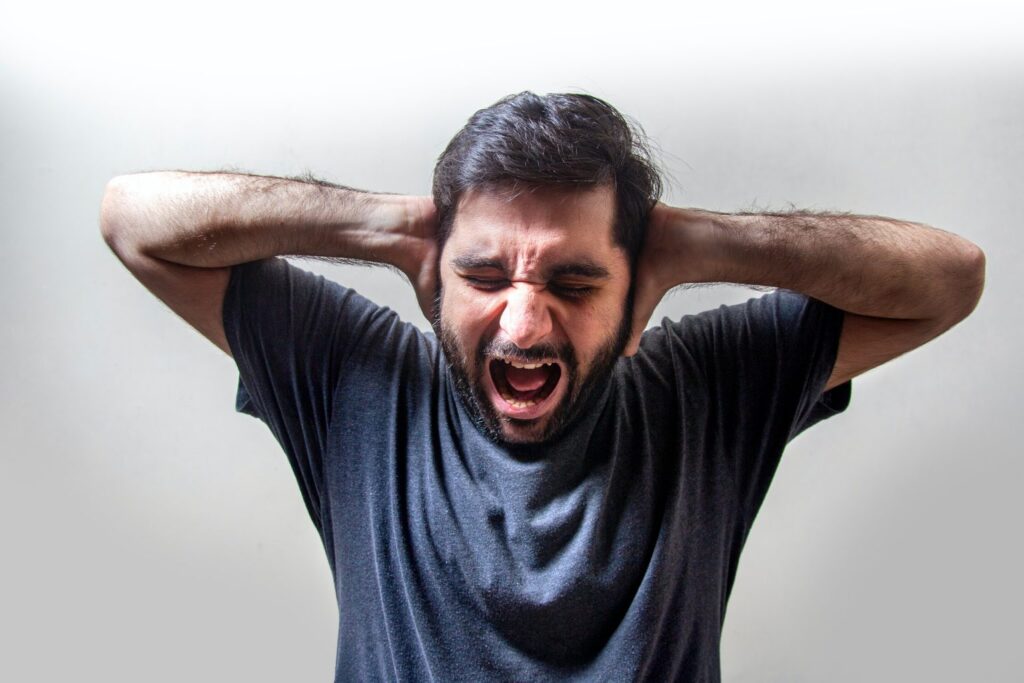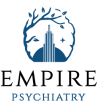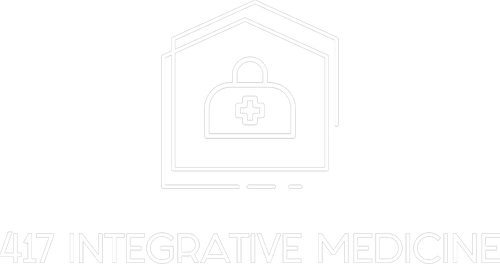Supporting Loved Ones with Mental Health Issues: Advice from Grand Central Psychiatry

At Grand Central Psychiatry, supporting a loved one through mental health challenges starts with understanding the importance of treatment. Mental health is complex, and each patient experiences symptoms differently. Whether someone is living with anxiety, depression, ADHD, or another psychiatric disorder, professional therapy and thoughtful planning can make recovery possible. Families and friends help by encouraging appointments, showing patience, and guiding their loved ones toward the right psychiatrist.
The First Appointment in NYC
In New York City (NYC), seeking care can feel overwhelming. Helping a loved one schedule an appointment at a reliable clinic can reduce that stress. Grand Central Psychiatry, located in midtown Manhattan near Grand Central Station, provides accessible mental health services for clients in lower Manhattan, Wall Street, and surrounding areas. Encouraging someone to take this first step is often the most meaningful support you can provide.
Psychiatry Specialty and Expertise
At its core, psychiatry is more than prescriptions. The specialty of Grand Central Psychiatry lies in blending psychotherapy, medication management, and psychopharmacology with compassion. Each psychiatrist at the clinic brings expertise gained from institutions like Columbia University, Cornell Medical, Yale University, and NYU. Their approach ensures every client receives comprehensive and knowledgeable care that addresses not only the diagnosis but also long-term well-being.
Psychiatric Approach: Supporting Loved Ones
Families can help by learning how to recognize mental health symptoms such as mood changes, new patterns of behavior, or withdrawal. A psychiatric evaluation identifies whether a disorder like panic, PTSD, or obsessive-compulsive disorder may be present. At this stage, support networks play a role by reminding loved ones they are not alone and that mental health treatment is available.
Treatment Options in Manhattan and Beyond
Grand Central Psychiatry provides a wide range of mental health treatment options. These include cognitive-behavioral therapy, supportive psychotherapy, and modern therapeutic modalities for adolescents and adults. Child and adolescent psychiatrists specialize in working with young adults and families facing conditions like anxiety disorders, depressive episodes, mood instability, and ADHD. This tailored care reflects the clinic’s cutting-edge focus.
Other trusted practices, like Principium Psychiatry, offer similar services across multiple office locations, including Greenwich, Connecticut and Santa Monica, California. The team at Principium, including Cohen and the team, highlights how high-quality mental health care can be expanded into different regions while keeping a focus on comprehensive and compassionate support.
Care for Children, Adolescents, and Adults
When a loved one is younger, parents may seek guidance from a child psychiatrist or a child and adolescent professional. For older relatives, an adult psychiatrist can focus on adult concerns such as post-traumatic stress disorder, depression, or long-term behavioral difficulties. Encouraging your loved one to schedule an appointment for proper diagnostic testing helps ensure the best treatment is provided.
Psychotherapy, Medication, and Management
Some individuals may be unsure about medication, but reassurance from family is vital. At Grand Central Psychiatry, medication management is provided carefully, with ongoing monitoring to track improvement. Combining psychopharmacology with psychotherapy offers balance. Whether it’s for adolescent psychiatry or adult care, the clinic uses a therapeutic strategy that builds stability over time.
Comprehensive Approach in Midtown Manhattan
Located in a modern suite in midtown Manhattan, Grand Central Psychiatry delivers cutting-edge services in a setting designed for comfort and privacy. With offices located conveniently near major transit, the clinic serves individuals across Manhattan, lower Manhattan, and even professionals near Wall Street. This makes it easier for family members to accompany loved ones and help them maintain consistency in their care.
Why Families Matter in Mental Health Care
Encouragement from loved ones is one of the strongest motivators for individuals struggling with mental health symptoms. Families can:
- Provide reassurance during initial evaluation.
- Remind them to follow medication management schedules.
- Support lifestyle changes recommended by a therapist.
- Encourage consistent attendance at appointments.
By staying involved, families help reinforce the therapeutic and clinical process, ensuring each client experiences steady progress.
Long-Term Support for Loved Ones
Recovery often requires time. Long-term involvement by family and friends helps patients stay focused on mental health treatment goals. The role of the support system is to remind loved ones of progress, celebrate small victories, and reduce the stigma of seeking care. With the right balance of compassion and professional help, healing becomes possible.
Guidance from Grand Central Psychiatry
Supporting a loved one with mental health struggles means guiding them toward effective mental health services. At Grand Central Psychiatry, professionals combine expertise, knowledgeable care, and compassionate strategies to provide a comprehensive path forward. Whether it is for a child and adolescent concern, an adult psychiatrist consultation, or management of conditions like anxiety disorders, PTSD, or depression, the clinic is here to help.
If someone you care about needs guidance, contact Grand Central Psychiatry today to schedule an appointment and explore the treatment options that can lead to lasting wellness.

Grand Central Psychiatric
285 Lexington Ave Suite 2A, Office 9, New York, NY 10016
(646) 290-6366
https://grandcentralpsychiatric.com/

